Project: Critique of the NAB Building, Melbourne Docklands
VerifiedAdded on 2021/06/17
|18
|1443
|55
Project
AI Summary
This project provides a critical analysis of the National Australian Bank (NAB) building located in Melbourne Docklands, designed by Woods Bagot. The critique examines the building's architectural design, which features a triangular theme reflecting the site's shape, including the atrium, facade panels, and steel pergolas. It explores the building's relationship with its context, the urban renewal program, and the integration of modernist architectural elements. The project also highlights the social and cultural impact of the building, including its open ground floor accessible to the public, collaborative workspaces, and child care facilities. Furthermore, it discusses the sustainable energy techniques employed, such as energy-efficient lighting, water-saving fixtures, and recycling programs, which have earned the building a 6-star Green Star rating. The critique also addresses the architectural impact, including the rooftop garden and innovative approaches to office design, and the building's awards and recognitions.
1 out of 18
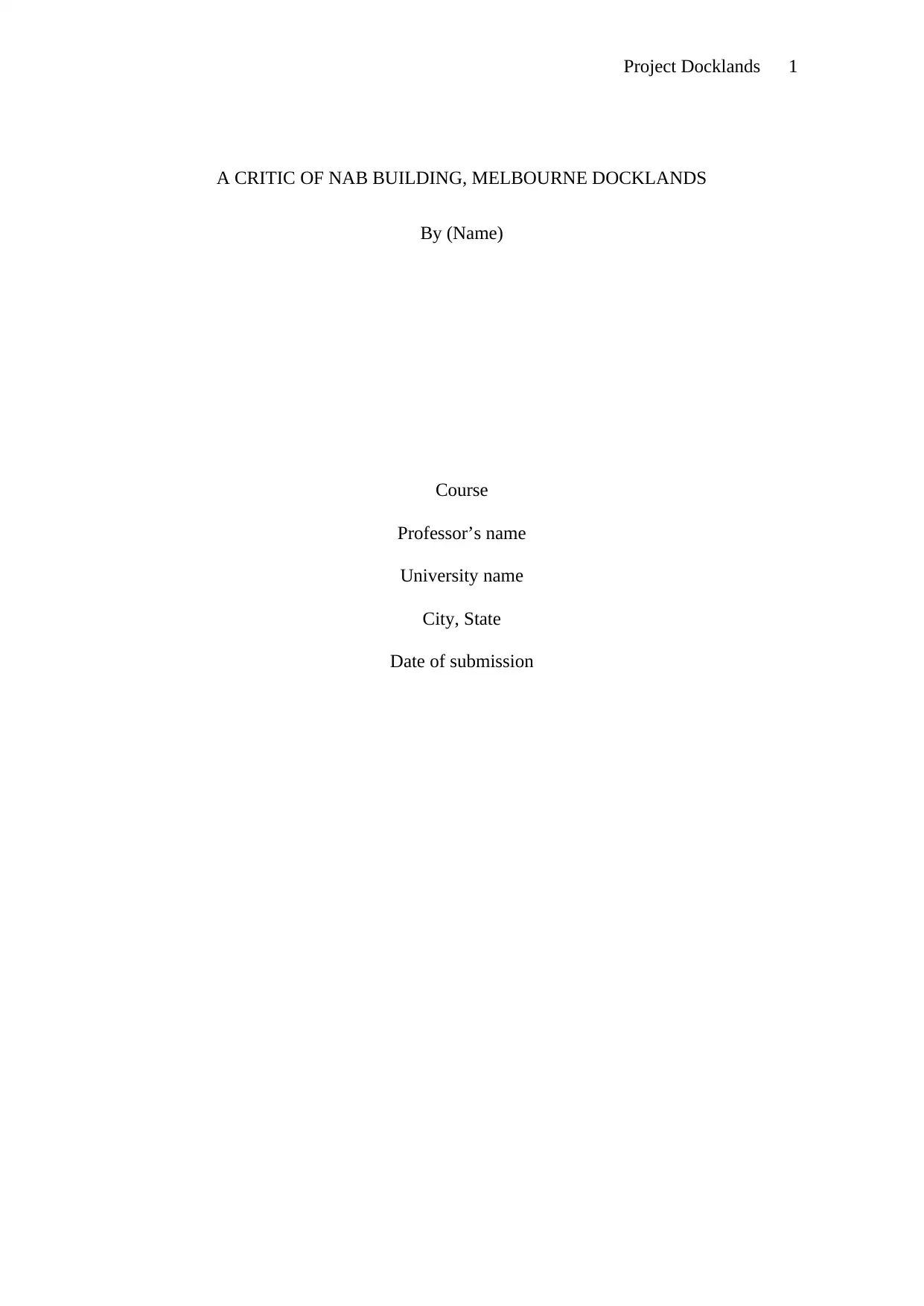
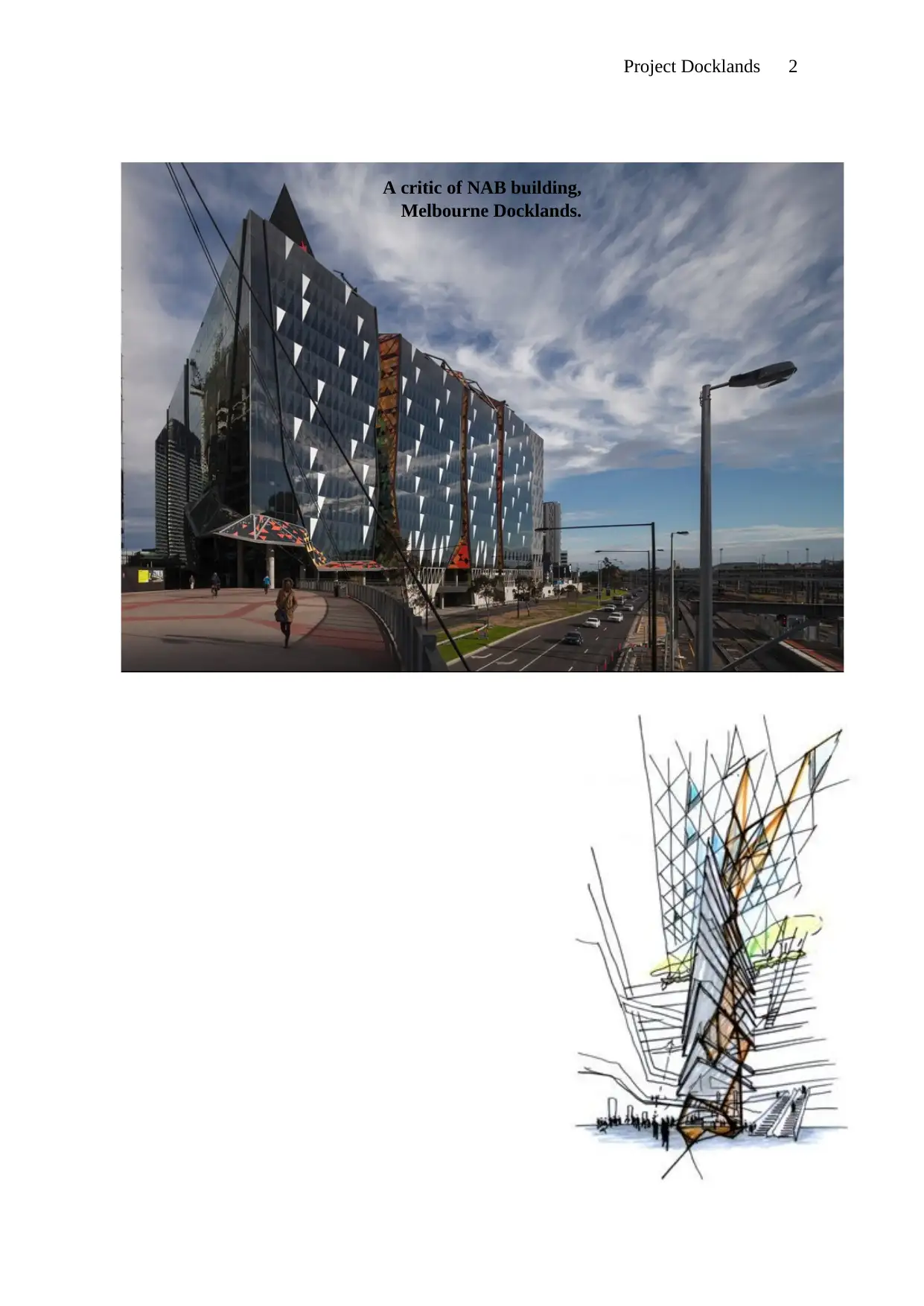
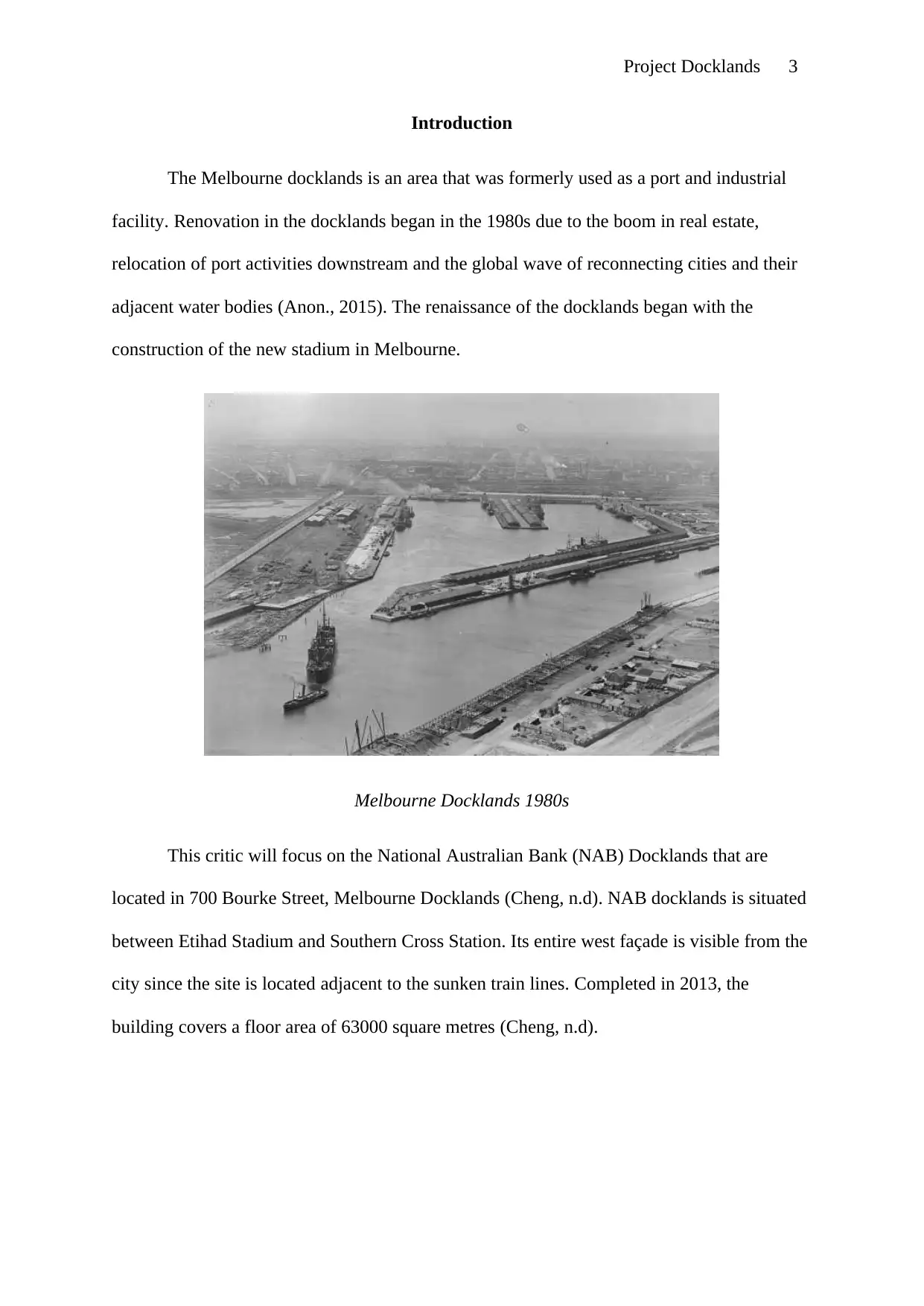

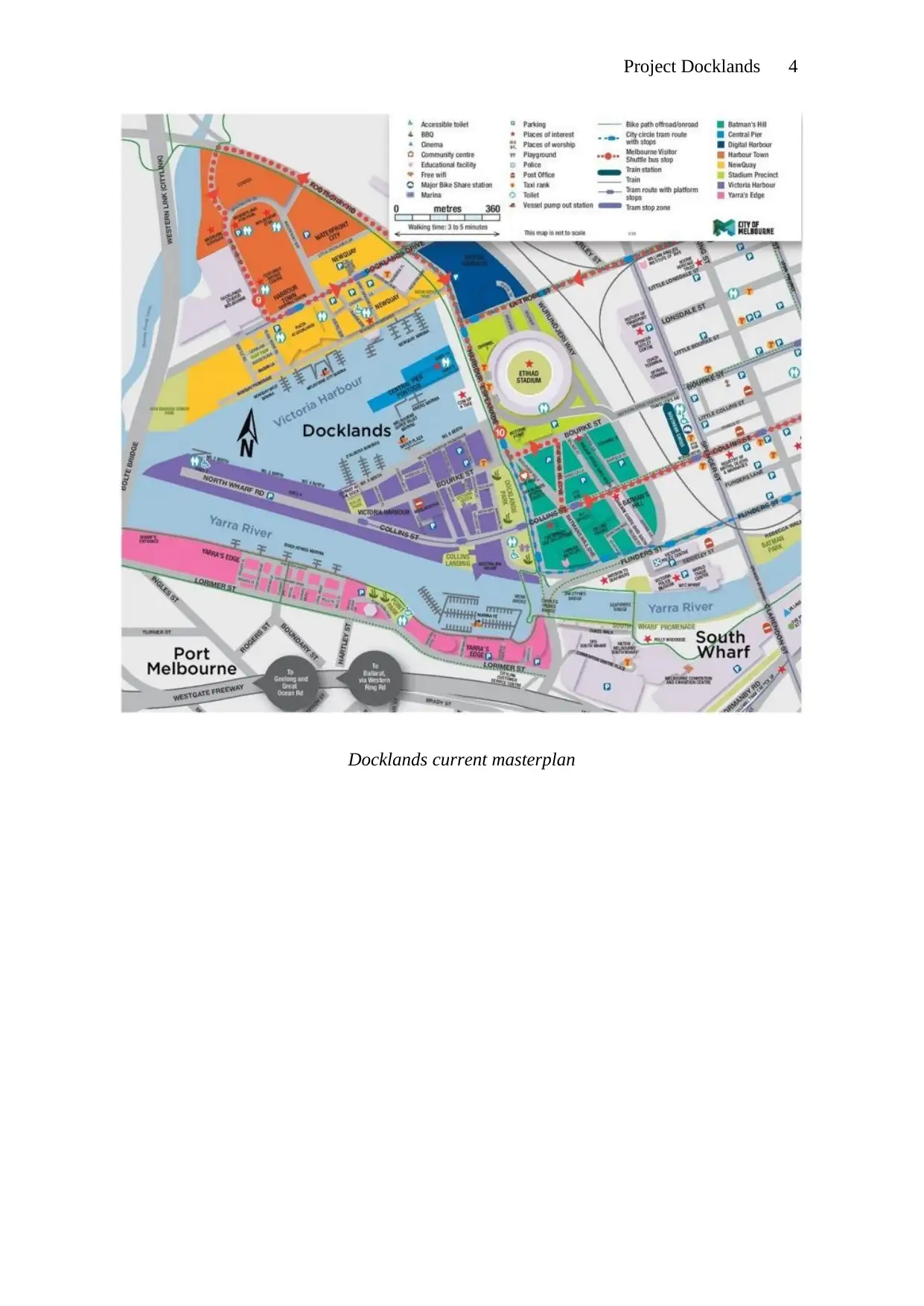
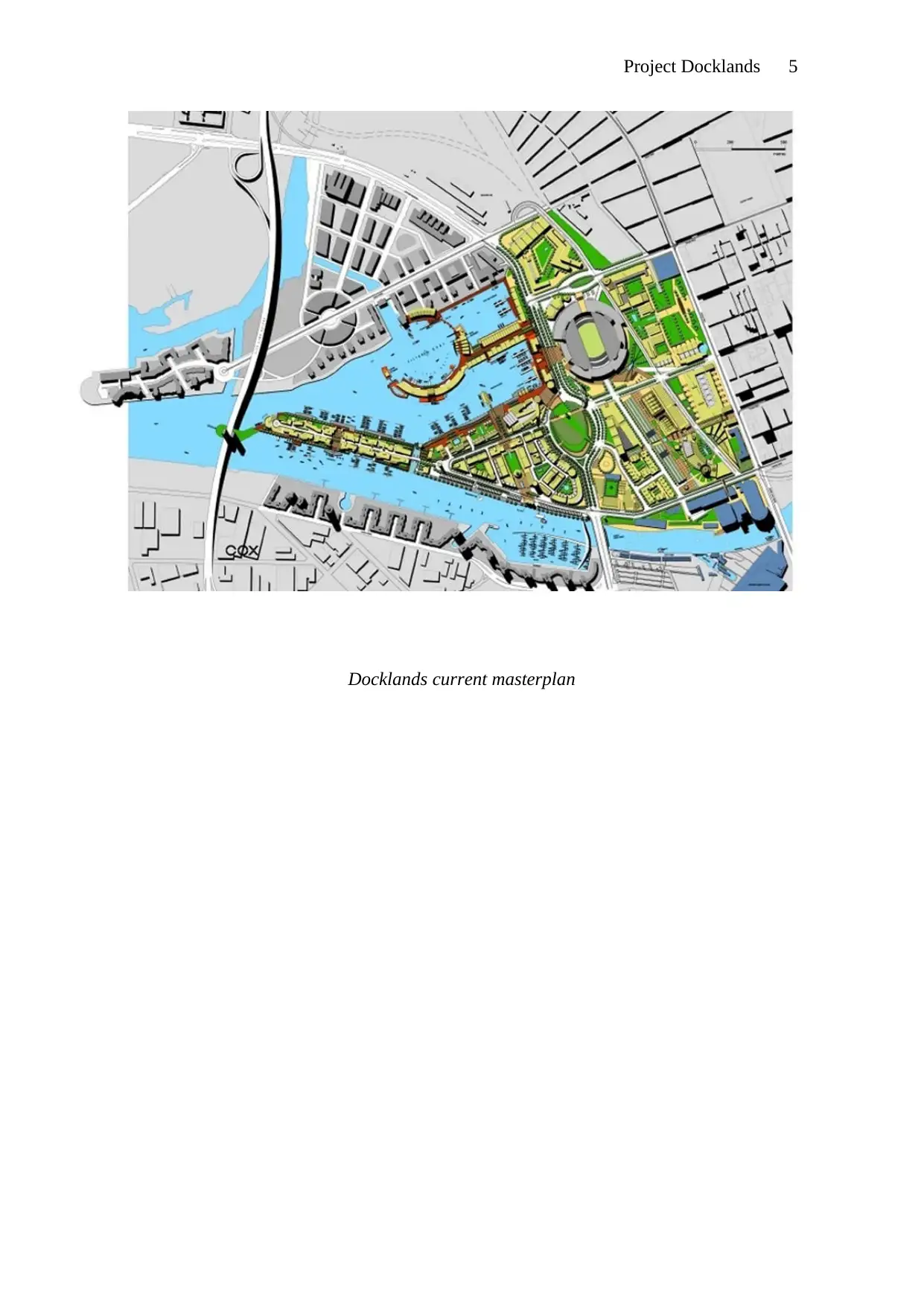
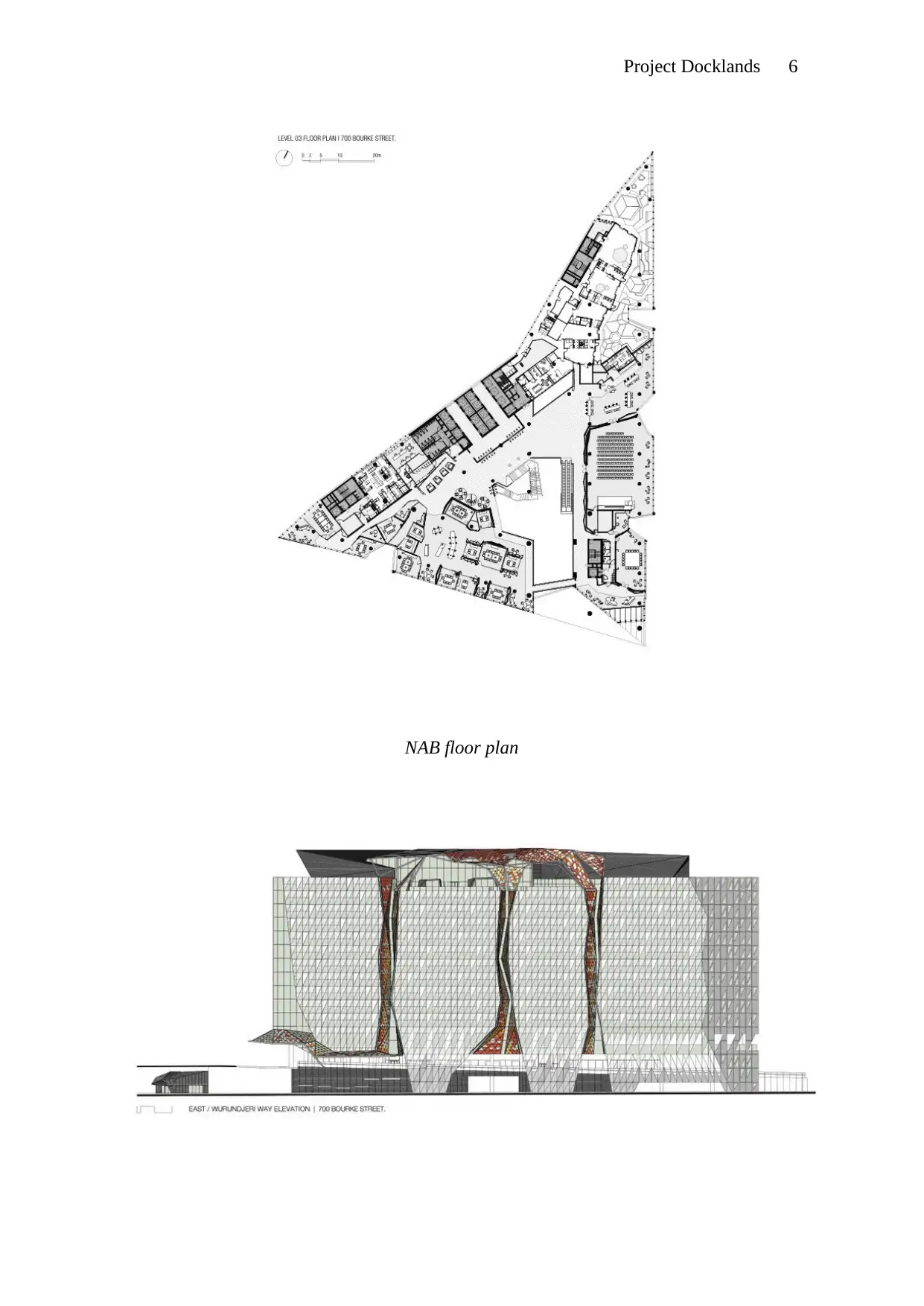
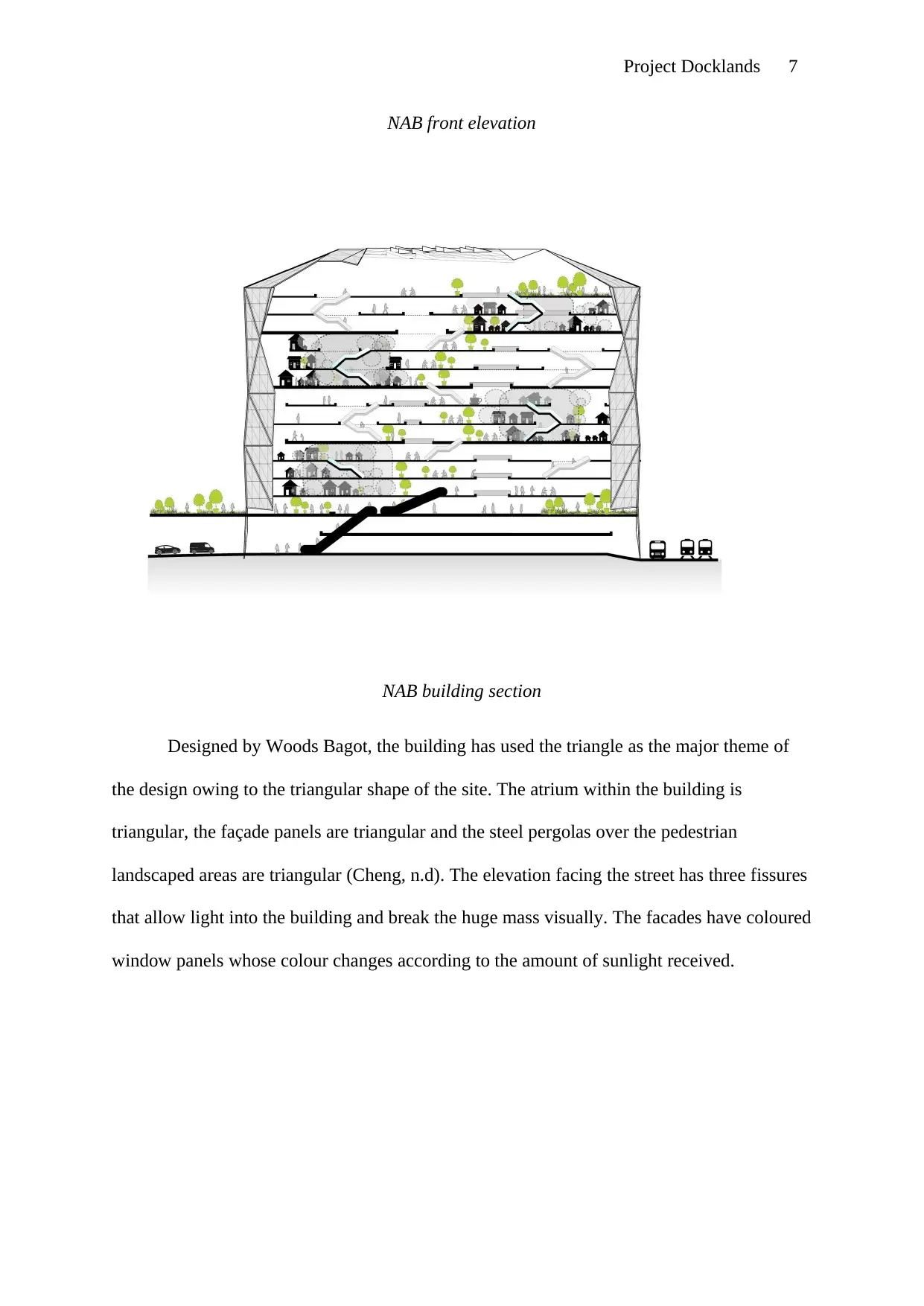
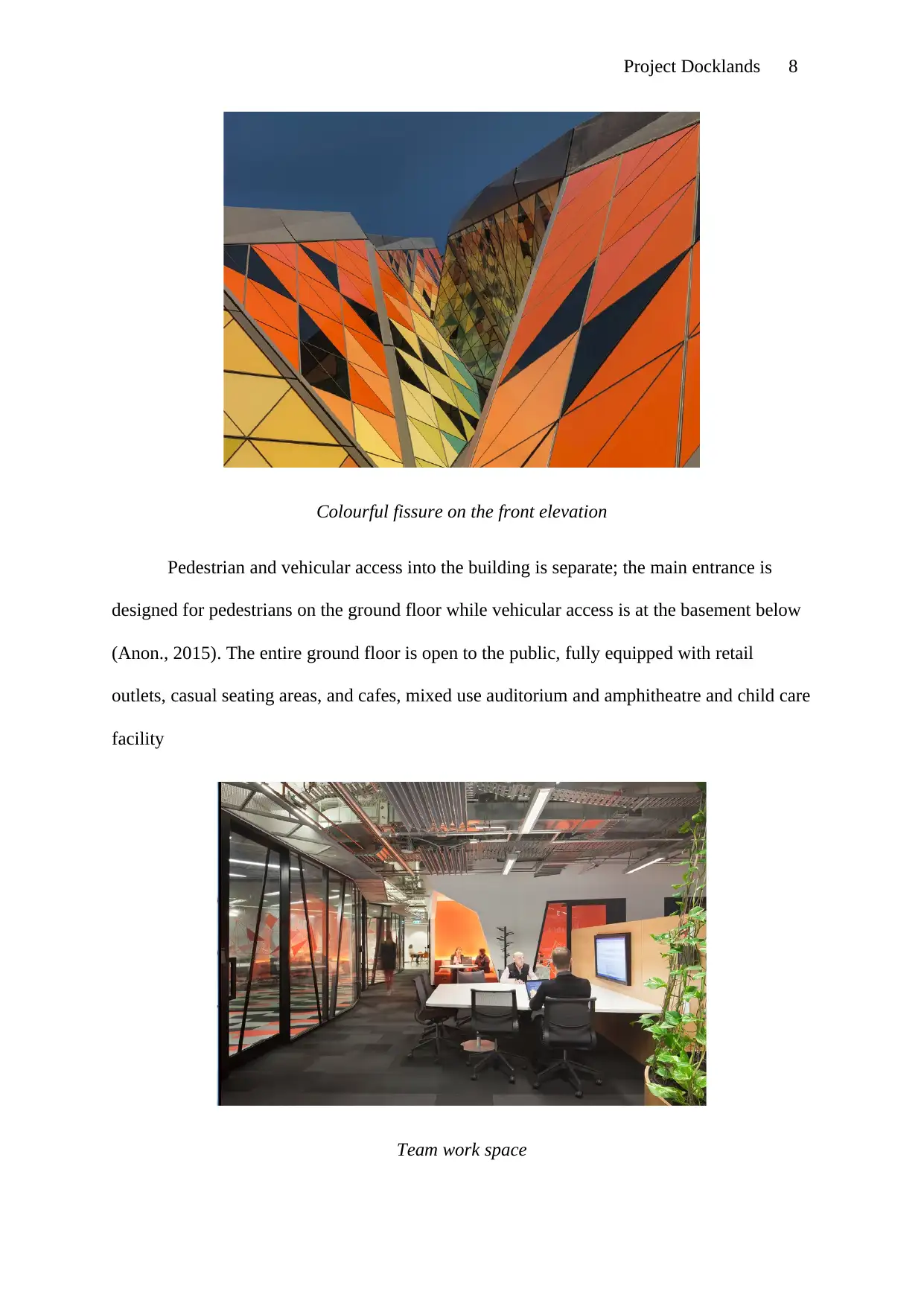
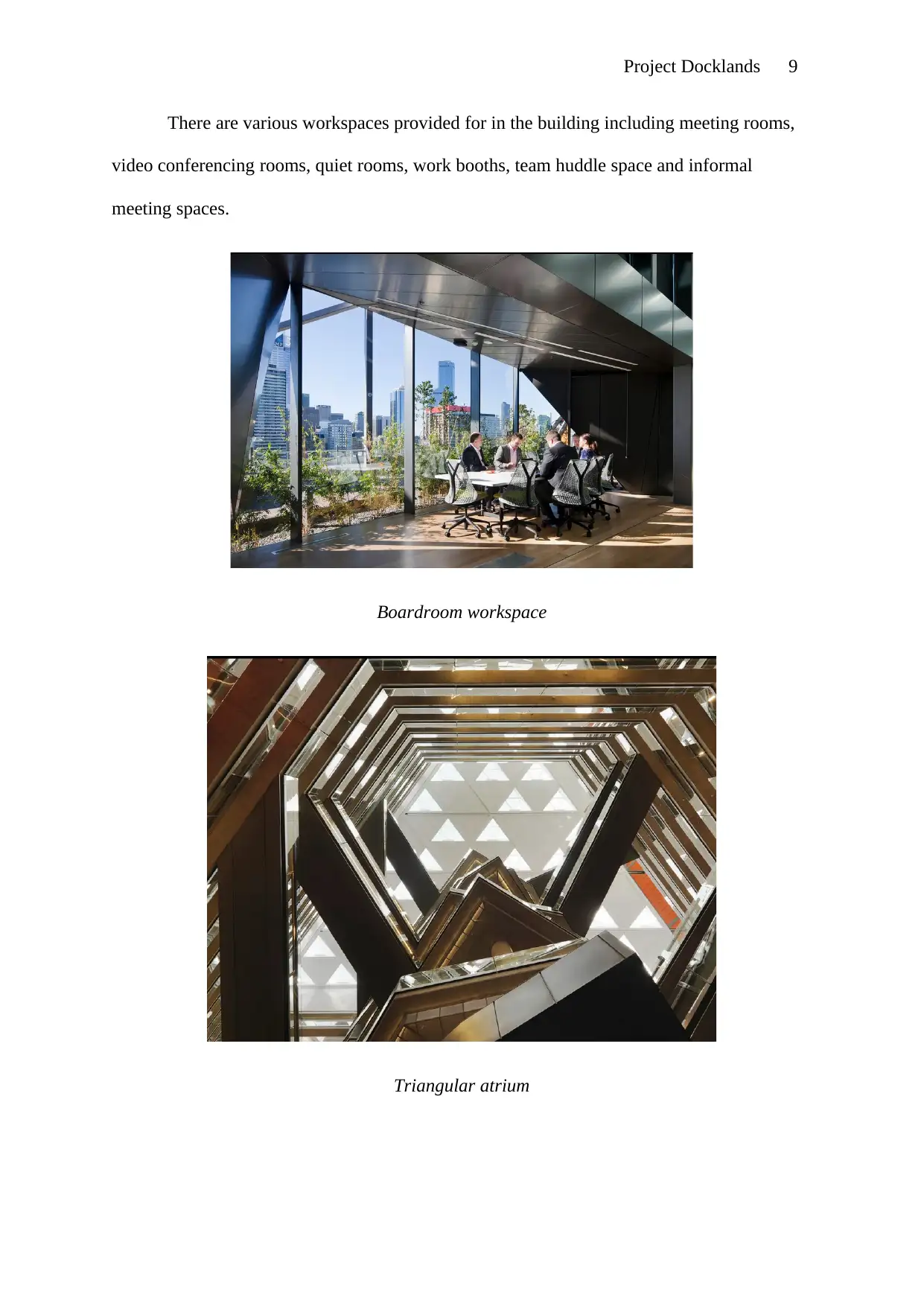
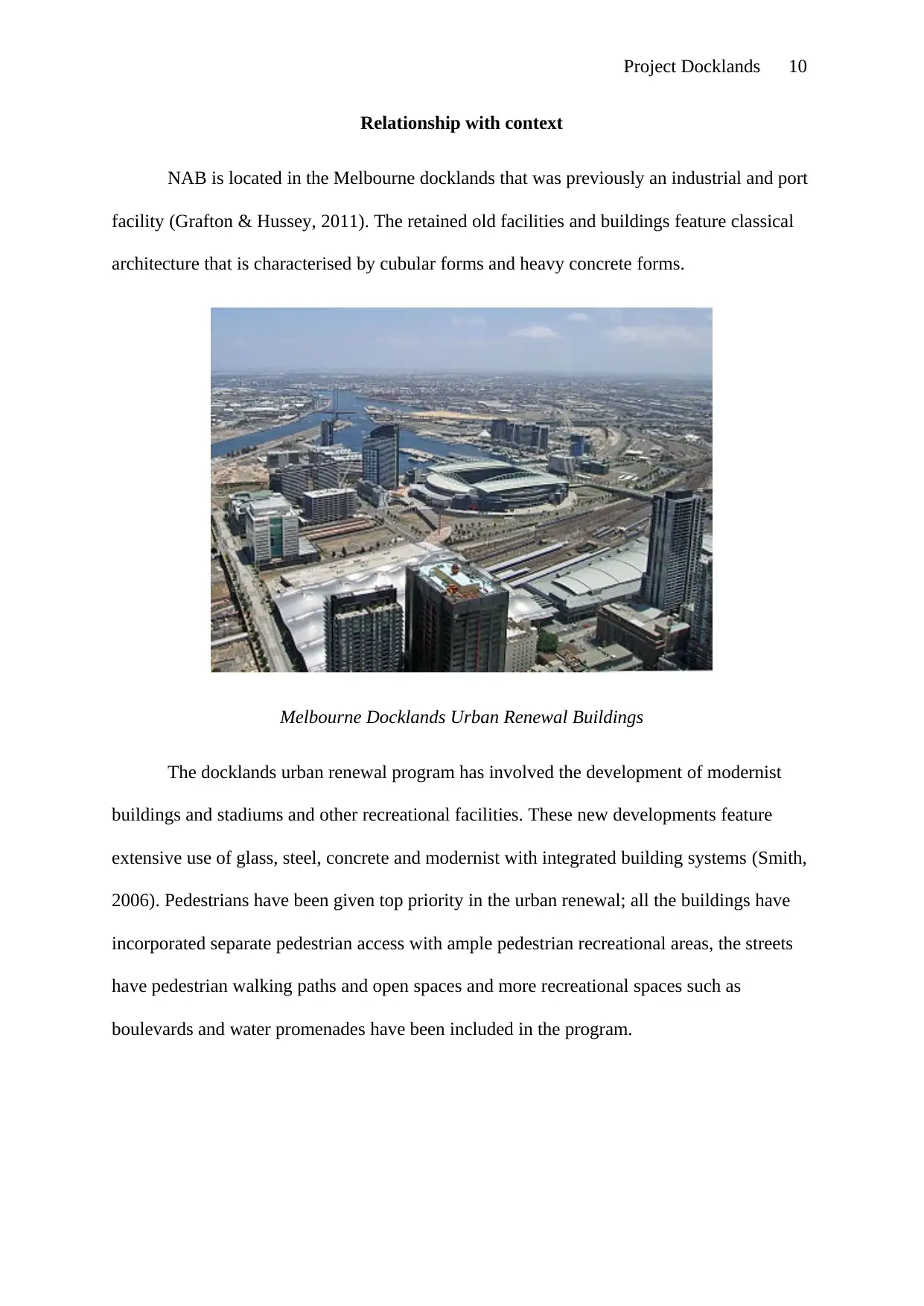
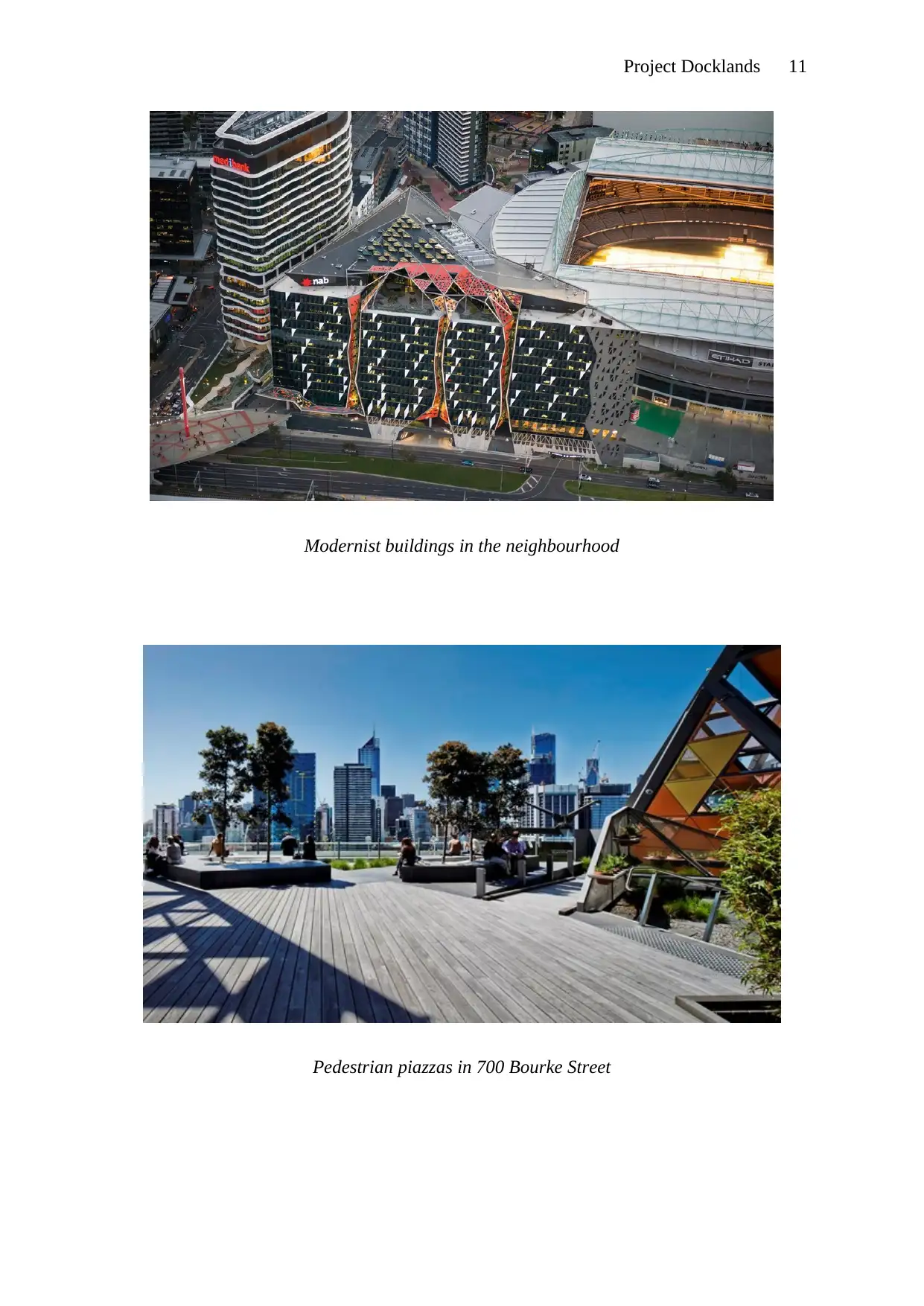
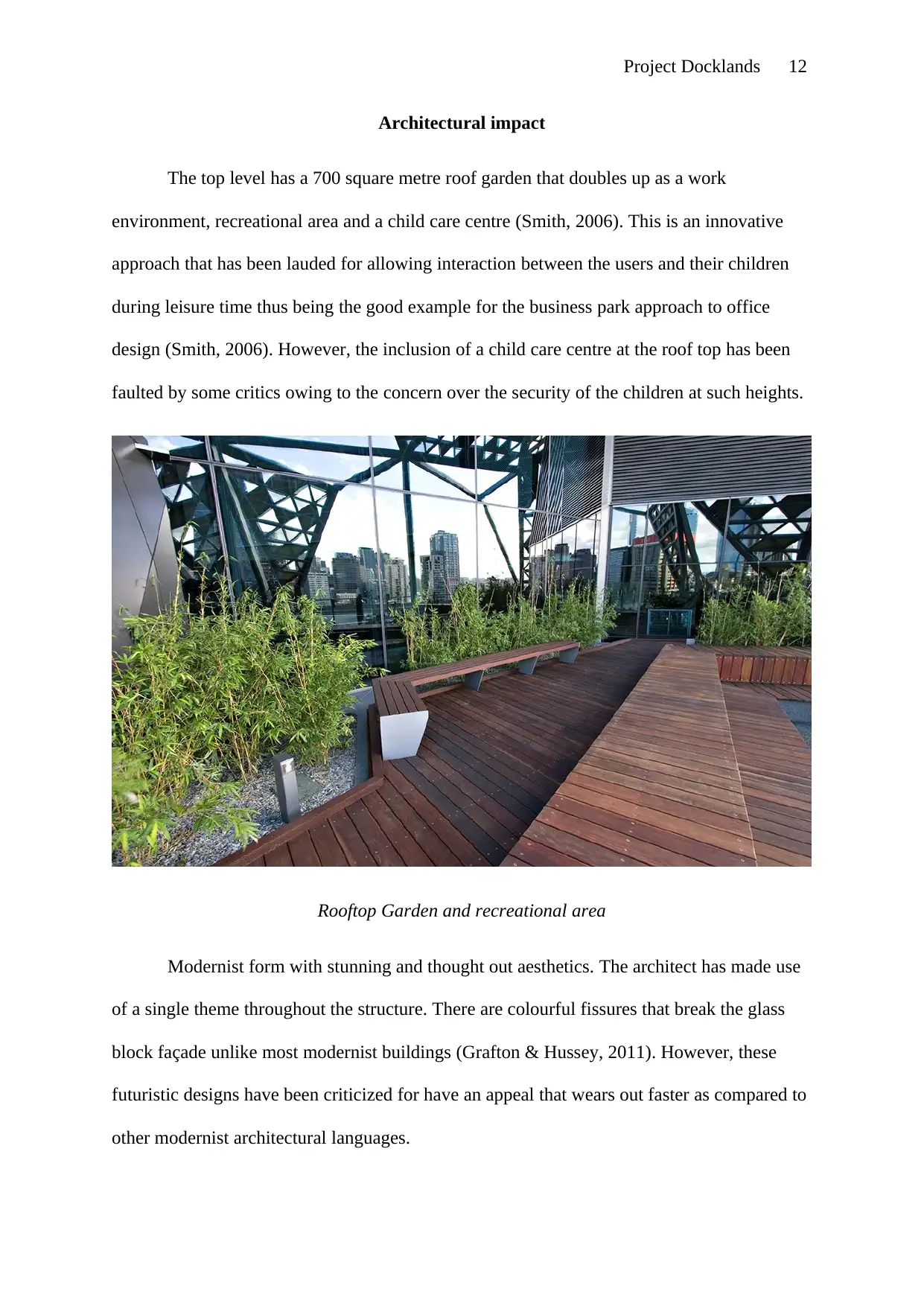
![[object Object]](/_next/static/media/star-bottom.7253800d.svg)